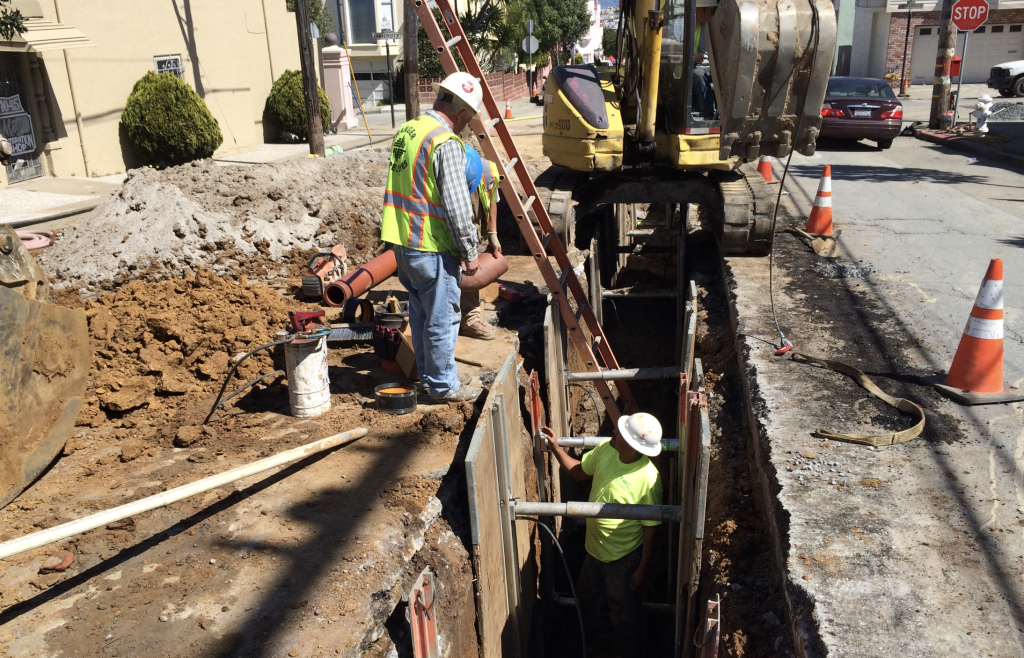Sewer systems are a critical part of any community’s infrastructure, responsible for safely transporting waste water away from homes and businesses to treatment facilities. Over time, however, these systems can deteriorate, becoming unreliable and even unsafe. In these cases, it may be necessary to replace the entire sewer system. In this article, we will explore the process of sewer replacement, from the signs that it is necessary to the steps involved in a successful sewer replacement Santa Clarita project.
Signs That Your Sewer System Needs Replacement
There are several signs that your sewer system may need to be replaced, including:
- Frequent blockages: If you are regularly experiencing blockages in your sewer lines, it may be a sign that the pipes are old and in need of replacement.
- Slow drains: If your drains are frequently slow, it may be a sign that your sewer lines are partially blocked or otherwise damaged.
- Sewer backups: If sewage is backing up into your home or yard, it is a clear sign that your sewer system is not functioning properly and needs to be replaced.
- Cracks in pipes: If you can see cracks in your pipes, it may be a sign that they are nearing the end of their lifespan and need to be replaced.
- Structural damage: If your pipes have sustained structural damage, such as from shifting soil or corrosion, it may be necessary to replace the entire system.
Steps Involved in a Sewer Replacement Project
Once it has been determined that a sewer replacement is necessary, there are several steps that must be taken to ensure a successful replacement project:
- Design: The first step in any sewer replacement project is to design the new system. This involves determining the size and configuration of the new pipes, as well as any necessary manholes, catch basins, and other components.
- Permits: Before any work can begin, the necessary permits must be obtained. This may involve working with local, state, and federal agencies, as well as obtaining any necessary approvals from homeowners’ associations and other groups.
- Excavation: Once the permits have been obtained, the next step is to excavate the area where the new pipes will be installed. This may involve removing existing pipes, trees, and other obstacles, and preparing the ground for the new pipes.
- Installation: The next step is to install the new pipes. This may involve using a variety of techniques, including open trench excavation, pipe bursting, and trenchless technology.
- Backfill and restoration: After the new pipes have been installed, the excavation must be backfilled and the area restored. This may involve replacing trees and other vegetation, repairing sidewalks and driveways, and reseeding grass.
- Testing and commissioning: Once the new pipes have been installed, they must be tested to ensure that they are functioning properly. This may involve performing a variety of tests, including flow tests, pressure tests, and video inspections.
- Maintenance: Finally, it is important to maintain the new sewer system to ensure its longevity and to prevent future problems. This may involve regular cleaning and inspection of the pipes, as well as fixing any leaks or other issues that arise.
Benefits of a Reliable Sewer System
A reliable sewer system offers many benefits, including:
- Improved public health: A reliable sewer system helps to prevent the spread of disease by safely transporting waste water away from homes and businesses.
- Improved water quality: A well-functioning sewer system helps to ensure that waste water is properly treated, reducing the amount of pollutants in local waterways.
- Improved property value: A reliable sewer system can help to increase the value of a home or business. For example, buyers may be more likely to purchase a property if they know it has a functional sewer system in place.




